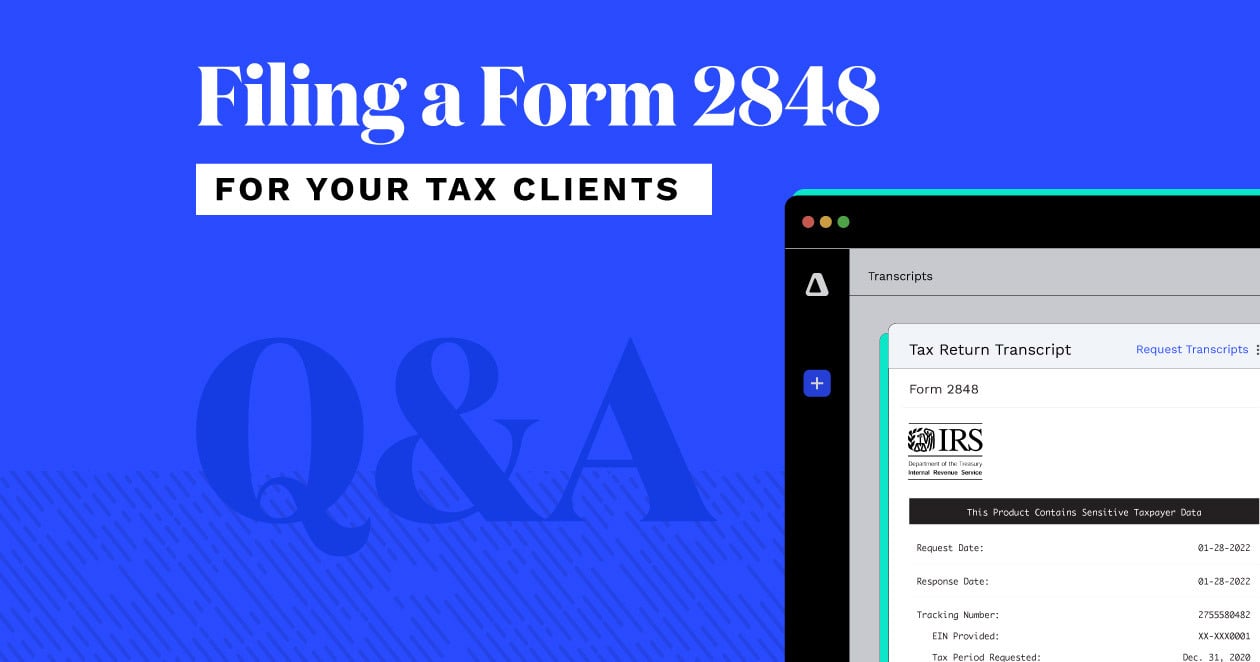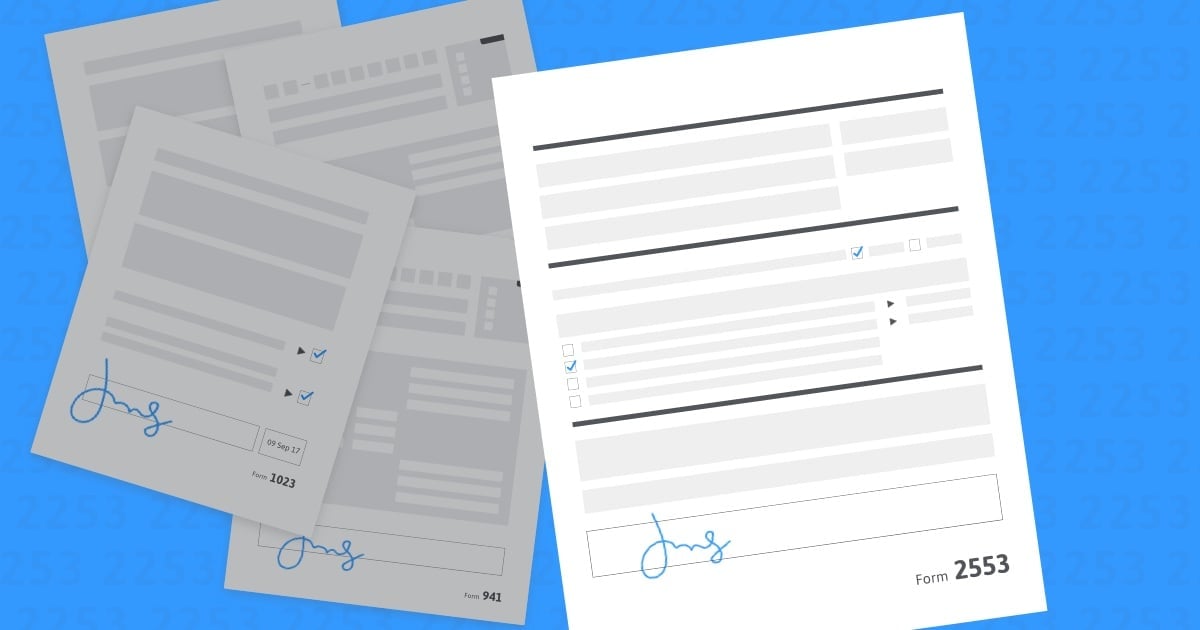For estate planning and taxation, IRS Form 1041, U.S. Income Tax Return for Estates and Trusts, documents the income an estate earns after the estate owner passes away. It’s also used to track income before any beneficiaries receive designated assets. In other words, Form 1041 is used to report the income, deductions, gains, and losses of an estate or trust. If you are assisting clients in dealing with the estate of a deceased person, you may need to use Form 1041.
When to Use IRS Form 1041
For federal tax purposes, a trust or estate is treated as a separate legal entity, and the tax return can get pretty complicated. In addition to tracking gains and losses, Form 1041 is also used to report income that will be distributed to beneficiaries, income tax liability, and employment taxes on wages paid to household employees. Remember that not every estate needs to file Form 1041, especially if it has no assets that produce income, or if the estate’s income is less than $600 annually.
One thing that is unique about Form 1041 is the timeline for filing the document. Because an estate year begins on the date of the asset owner’s death and ends on December 31 of that year, this often does not give much time for tax preparers and beneficiaries to meet deadlines. The executor is able to file a form that allows them to set up a fiscal year that runs to the last day of the month prior to the 12-month anniversary of the asset holder’s death. This gives the executor and tax preparers 12 months (or more) to file the proper income tax returns on the estate.
Form 1041 and Schedules
When filling out Form 1041, you must also attach one or more schedules to it. Here’s a breakdown of the different schedules that can be filed with Form 1041:
Schedule A
Schedule A is used for reporting charitable deductions of an estate or trust. In general, any income of the trust or estate that is paid during the tax year for a “charitable purpose” can be deducted. However, keep in mind, trusts are taxed at a very high rate, so in this case, it’s better for the funds to be distributed to beneficiaries first and then the assets can be donated at the beneficiary level. Charitable organizations don’t have to be based in the United States to qualify. This schedule does not include pooled income funds or section 4947(a)(1) nonexempt charitable trusts treated as private foundations. Those are attached to a different sheet.
Schedule B
Schedule B is used to determine an estate’s or trust’s income distribution deduction. This applies to estates and trusts that were required to distribute any amount to beneficiaries during the tax year. Just like Schedule A, Schedule B is not filled out for pooled income funds.
One thing to keep in mind while filling out this schedule is that if an estate or trust has multiple beneficiaries who have “substantially” separate and independent shares, their shares are treated as separate trusts or estates when determining the distributable net income (DNI) allocable to the beneficiaries.
Schedule D
Schedule D is used to figure gains and losses from the sale or exchange of capital assets by an estate or trust. It is used to report gains or losses that may be found on a number of different forms, such as Form 4797 (Sale of Business Property, Form 4684 (Casualties and Thefts) and Form 6252 (Installment Sale Income). Get instructions on how to effectively utilize Schedule D for estate taxes for the upcoming tax year and beyond at the IRS website.
Schedule G
Schedule G is a tax worksheet and is used to report qualified dividends. The IRS provides a Tax Rate Schedule to assist executors in figuring the appropriate tax. To learn more about filling this form out, review the IRS Instructions for Form 1041.
Schedule J
Schedule J is used to report an accumulation distribution for a domestic complex trust that was treated as a foreign trust at any time or was created before March 1, 1984. An accumulation distribution is defined by the IRS as, “the excess of amounts properly paid, credited, or required to be distributed (other than income required to be distributed currently) over the DNI of the trust reduced by income required to be distributed currently. ”
Schedule K-1
Schedule K-1 forms are used to report a beneficiary’s share of asset distributions from a trust or estate. This is not only a recording of income but deductions as well. You must include the beneficiary’s taxpayer identification number (TIN). If you do not include a required TIN, you may be charged a $50 penalty.
Remember that a beneficiary’s TIN can be truncated on a Schedule K-1 a trust or estate sends to the beneficiary, but it cannot be truncated on the Schedule K-1 that is filed with the IRS. The trust’s or estate’s identification number, on the other hand, cannot be truncated on any Schedule K-1.
As a tax professional, you have the chance to put your knowledge to work for your client as they sort through the complex and often emotional task of dealing with a deceased loved one’s estate. With your help, your clients can utilize IRS Form 1041 schedules to satisfy their tax obligations and benefit from the assets their loved one set aside for them. You may also consider helping clients set up trusts.
Want more quick information on IRS forms?
Check out The Ultimate Guide to IRS Forms.

Chris is a content manager for Canopy, joining the team with a combined eight years of experience as a copywriter, editor-in-chief, and content marketer. He's a skilled wordsmith and strategic thinker who shapes brand identity through compelling content and fosters a collaborative and innovative environment. With a passion for storytelling and a dedication to excellence, he is a driving force behind any company's success in content marketing. Champion of the Oxford comma.
READ MORE BY Chris






Get Our Latest Updates and News by Subscribing.
Join our email list for offers, and industry leading articles and content.